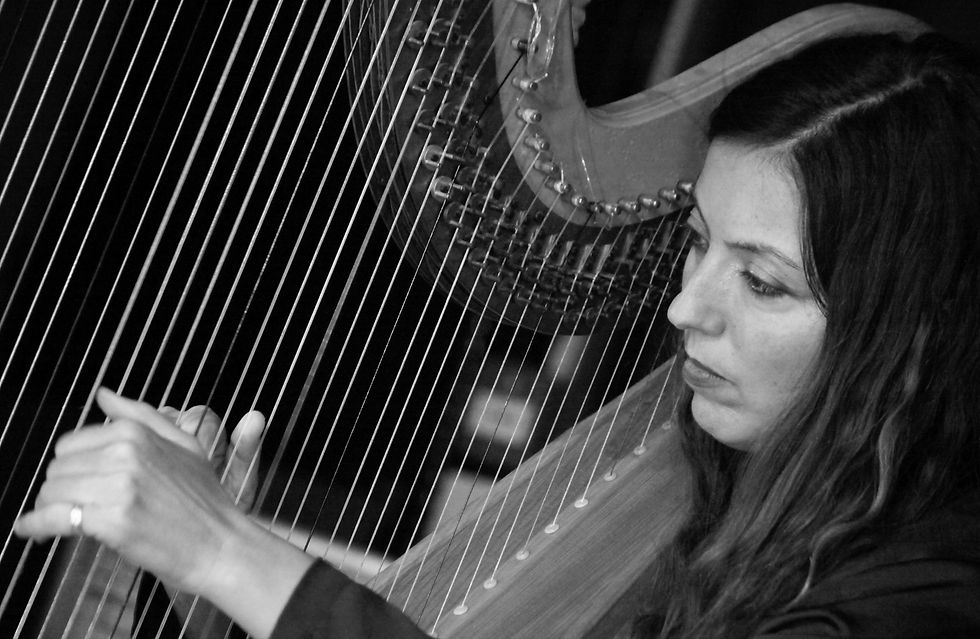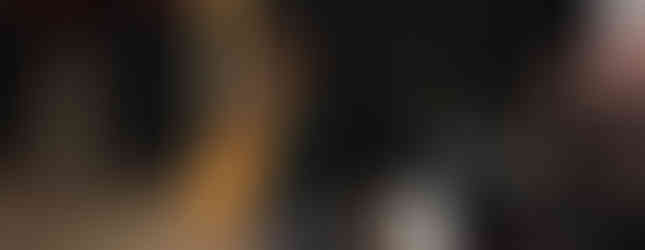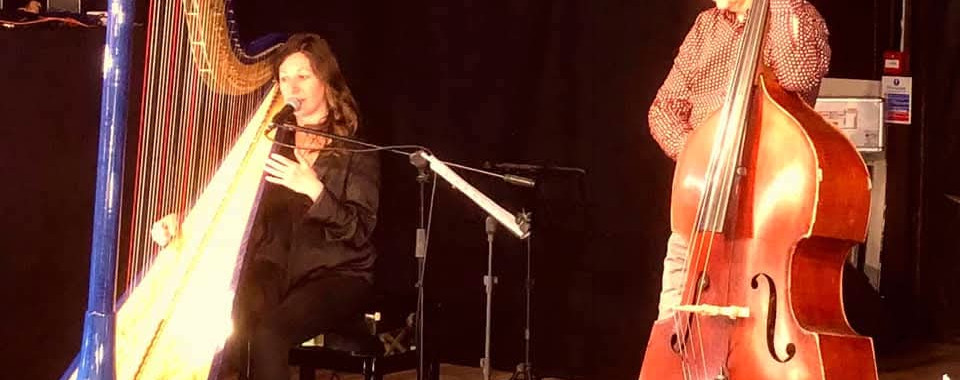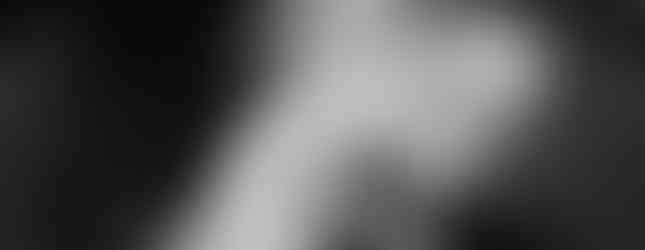The History of Jazz Harp: From Swing-Era Pioneers to Alice Coltrane to Today
- TJCUK Team

- Nov 16
- 3 min read

The history of the lyre and harp goes back many centuries. In 1929 archaeologists excavated lyres in Ur, ancient Mesopotamia, which were dated at 4,500 years old. Its history in jazz is less than one hundred years.
Jazz Harp Roots
The earliest jazz New Orleans style did not lend itself to featuring the harp. It was far too bulky and expensive, and its timbre too mellifluous. Its appearance had to wait until the 1920s with the emergence of dance and swing bands, and their search for new musical colours to their orchestrating. Both Paul Whiteman and Phil Spitalny’s Hours of Charm band used several harpists live and on recordings from the late 1920s.
1930s - 1940s
The two most prominent harpists of the swing era were Casper Reardon and Adele Girard. Rearden was the principal harpist of the Philadelphia and Cincinnatti Orchestras. Inspired by W. C. Handy he adapted his style to the blues idiom in the Whiteman and Jack Teagarden bands. He recorded with Teagarden from 1934-36 and a handful of records under his own name.
Reardon’s replacement in his band was Adèle Girard. She was best known for recording with her husband Joe Marsala, and as solo leader from 1940. Their improvisations pushed the harp into the realm of serious jazz, and left an indelible mark in jazz history.
1960s and the Bebop Revolution
The bebop revolution proved more problematical for the harp. The rapid harmonic changes proved technically difficult for the instrument. The best known harpist in the modern jazz style was undoubtedly Dorothy Ashby. She incorporated bop influences into bands she led and recorded with, and was a seminal influence on all who followed her on the harp. She played with Louis Armstrong, Woody Herman, and other acts, and in 1962, was selected in Down Beat’s annual poll of best jazz performers. A contemporary, Corky Hale, played with Billie Holiday, Frank Sinatra, Tony Bennett but recorded less frequently than Ashby.
Britain produced its own classical / jazz harpist in David Snell. He recorded jazz albums with his own quartet, with the chamber jazz Johnny Scott Quintet, and at least on one side, ‘In the Night’, with Tubby Hayes.
The next great leap in jazz harp evolution came in the 1960s when Alice Coltrane took up the instrument creating a spiritual style still extant and popular today. A series of recordings on the Impulse and Warner Bros. labels made her the best selling and most influential harpist in jazz history. Subsequent practitioners have openly expressed their musical debt to her. It was a visit to one such ‘disciple’, Alina Bzhezhinksa, that led to the writing of this article. A second, Brandee Younger, is heavily inspired by Coltrane and Ashby, and has worked prominently with Ravi Coltrane and Pharoah Sanders.
Photos of Jazz Harp Performance at The Jazz Centre UK
The Jazz Centre UK is the UK national cultural centre for jazz with the aim to preserve, promote and celebrate the art of jazz in all its forms. This year (2025) we have celebrated jazz harp performance, promoting outstanding sessions with Maria-Christina Harper and Tara Minton on The Jazz Centre UK stage.
View the gallery below with photos provided by some of our volunteers. If on mobile, we recommend clicking the first photo to open the gallery to see the images full-frame, rather than cropped.
Influences Today
Today there are any number of jazz and jazz-influenced harpists, from Deborah Henson-Conant on electric harp, Colombian Edmar Castañeda with his fusion of Colombian / Venezuelan joropo and jazz, or the Pacific Harp Project of Megan Bledsoe Ward. From its earliest role as merely to add colour to a large ensemble, to its frontline role today in a profusion of jazz and fusion styles, the harp has certainly made giant steps.
Want to learn more? We recommend:
The BBC documentary ‘The Harp’, presented by Catrin Finch, is a comprehensive history of the harp, both its technical aspect and developments in the classical folk, and various national styles.
David Snell can be seen on old recordings of Jazz 625 tv show with the Johnny Scott band.

This article was originally published within our Q2 issue of our E-magazine Centrepiece of 2019. Want to read more great jazz content? Subscribe to Centrepiece today:











































Comments